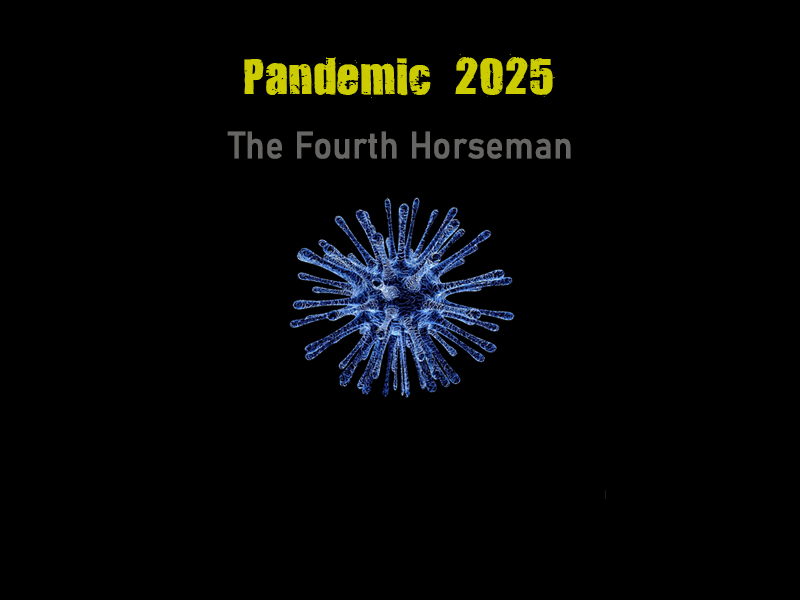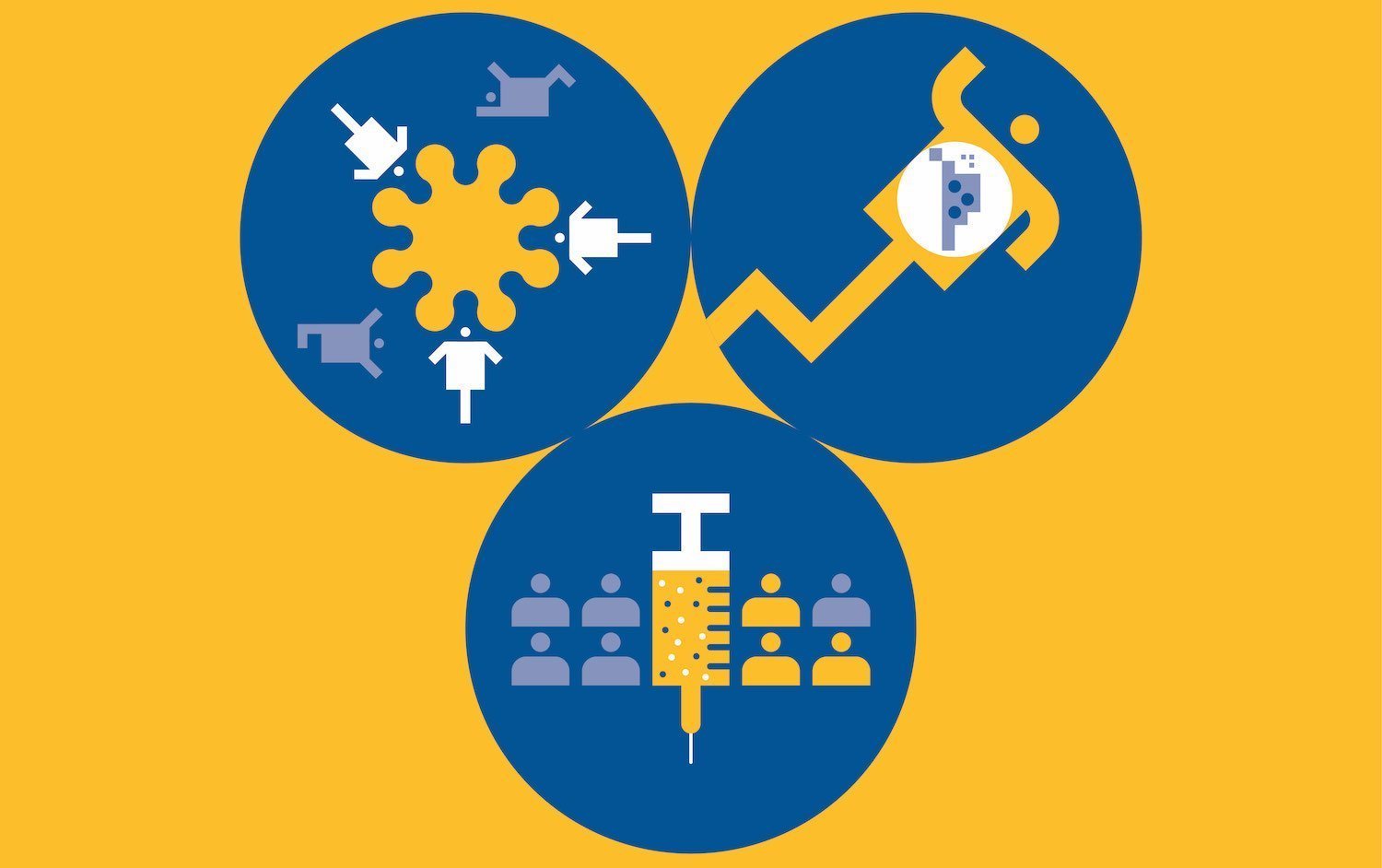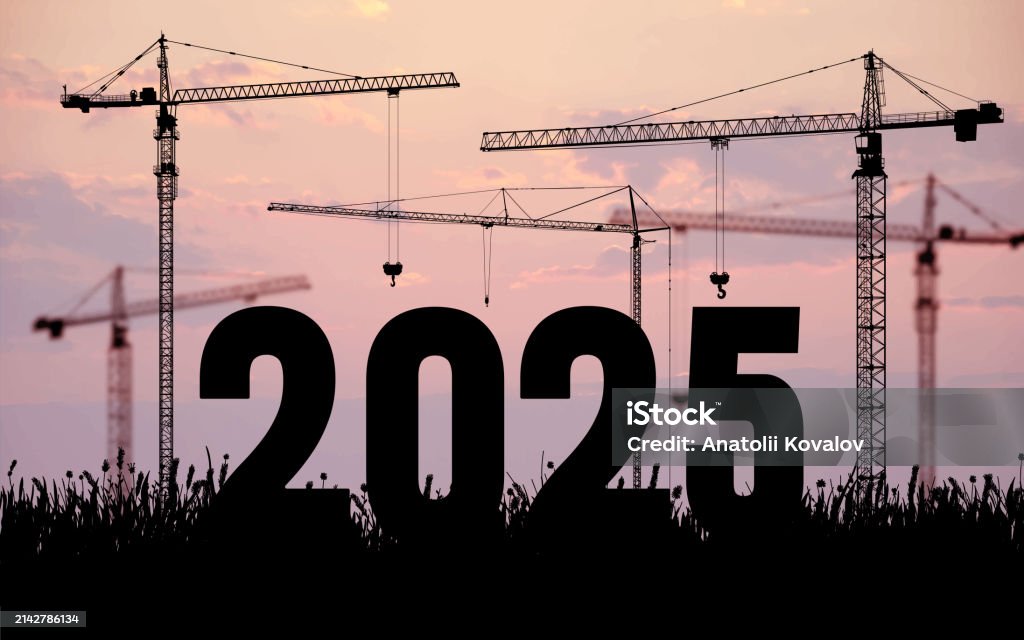Table of Contents
- चीन फ्रांस सहित 12 देशों के लिए वीज़ा-मुक्त नीति को 2025 के अंत तक बढ़ाएगा
- 2025 Post-Covid Scenarios: Latin America and the Caribbean - Atlantic ...
- 2025 in the Clouds | Premium AI-generated image
- Siluet Konstruksi Untuk Menyambut Tahun Baru 2025 Angka Besar Untuk ...
- What does 2025 have in store | Taulia
- Pakar Beberkan Tantangan Kesehatan yang Dihadapi Indonesia di Tahun ...
- Ce se va întâmpla peste doi ani, adică în 2025 - Revista România Culturală
- COVID 2025: How to Face the Threat of Future Pandemics: Dr. Emily ...
- Pandemic 2025 – The Pale Horse Rideth | Watchmans Cry
- Outlook 2025–Key Issues to Shape Apparel Sourcing and Trade – FASH455 ...



Global Case Trends




Vaccination Efforts


New Variants and Mutations
The COVID-19 virus has shown a propensity for mutation, leading to the emergence of various variants, some of which have been associated with increased transmissibility, severity, and immune evasion. As of February 2025, global health authorities are monitoring several variants of concern, emphasizing the need for continued genetic sequencing and surveillance to quickly identify and respond to new mutations. The development of variant-specific vaccines and treatments is an area of active research, with several candidates in various stages of clinical trials. The global community's ability to respond effectively to new variants will be crucial in controlling the pandemic's trajectory.
Public Health Measures
Public health and social measures, including mask-wearing, social distancing, and travel restrictions, have been instrumental in controlling the spread of COVID-19. As case numbers have declined in many areas, there has been a gradual easing of these measures. However, the experience of the past few years has underscored the importance of maintaining a repertoire of public health interventions that can be rapidly scaled up in response to new outbreaks or surges. The COVID-19 pandemic has presented unprecedented challenges to global health, economies, and societies. As of February 13, 2025, while there are positive trends in the decline of new cases and advancements in vaccination and treatment, vigilance and preparedness remain essential. The global community must continue to support vaccination efforts, especially in underserved regions, enhance surveillance for new variants, and maintain the capability to reimplement public health measures as needed. Through collective action and a commitment to equity and access, the world can work towards a future where the impact of COVID-19 is significantly mitigated.Stay informed, stay safe.